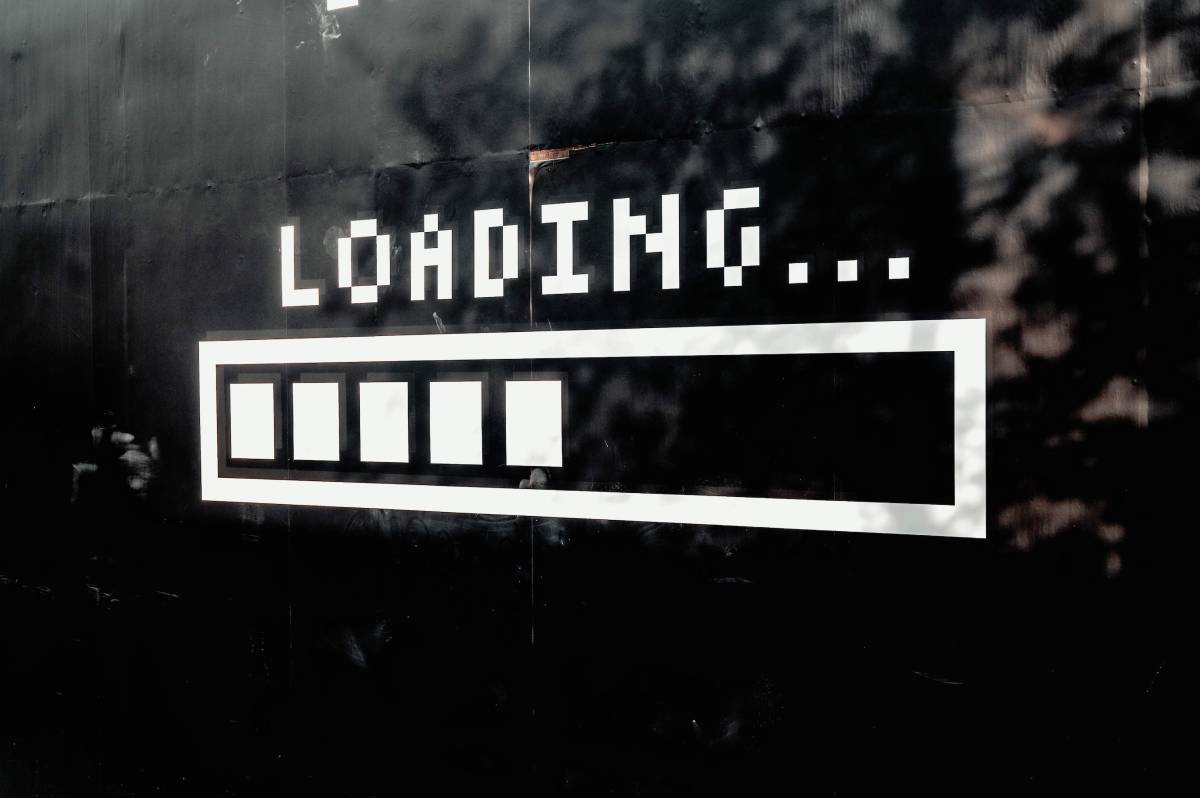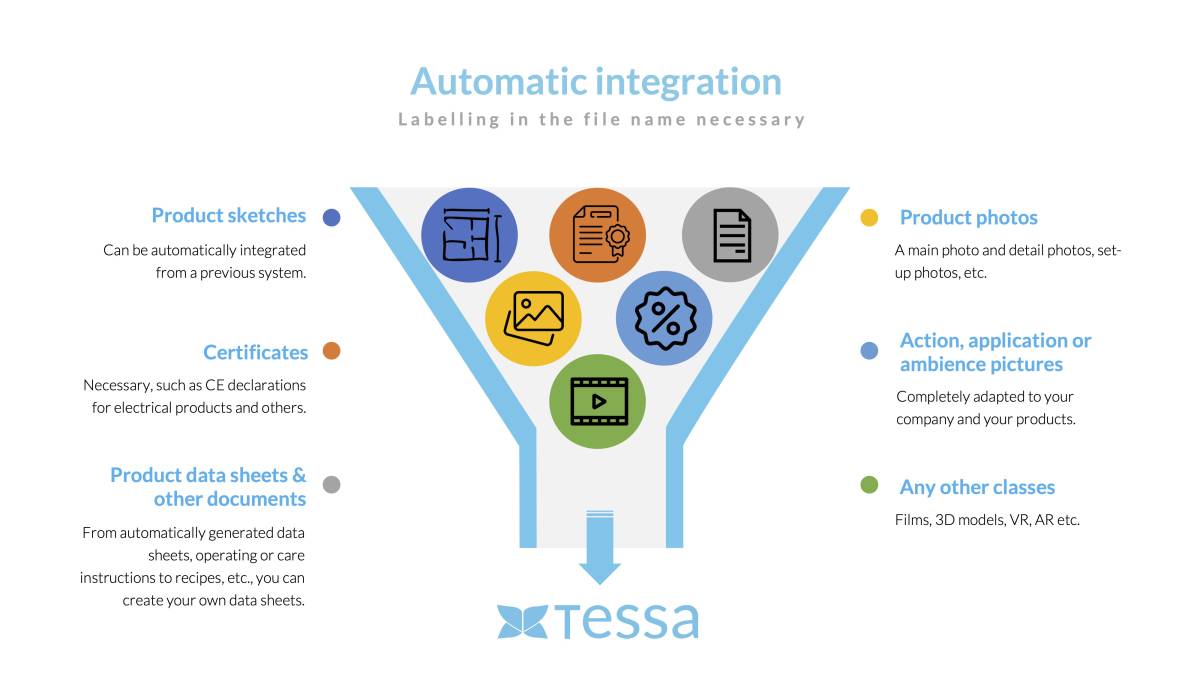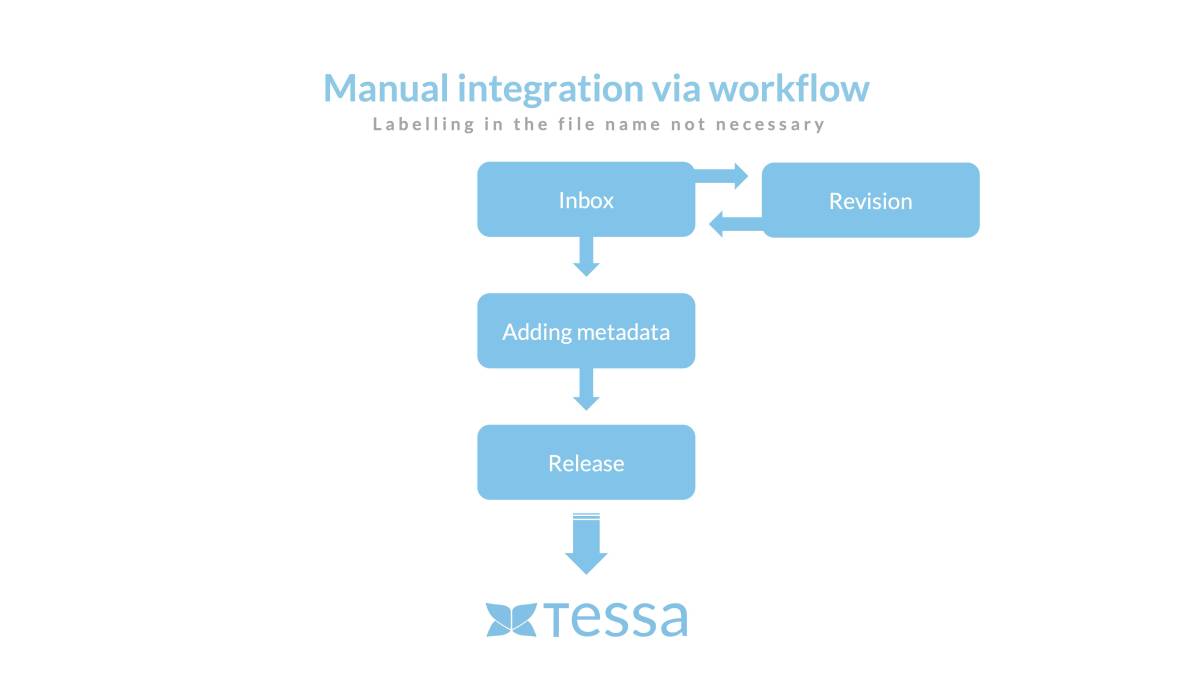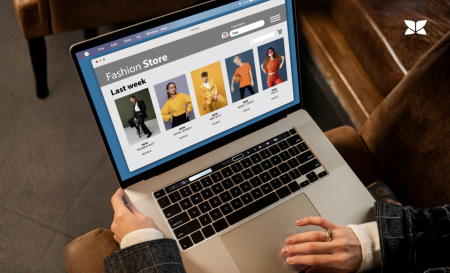In our previous article we already explained roughly how assets - pictures, drawings, documents, etc. - get into a DAM like TESSA. There are two very basic procedures:
- Without approval process
- With approval process
Both approaches are necessary and have their justification in order to increase the efficiency of companies. And - so as not to give the wrong impression - assets that enter a DAM without a release process should of course be ready and suitable for distribution. It is just that there is no need to create a release process in the digital asset management system any more, because normally these processes are correlated with the asset contents. In turn, two types should be distinguished:
- Assets with product reference
- Assets without product reference
The assets with product reference are usually the more important ones in the DAM, because after integration they are available for automated rejection, through which one gains efficiency advantages.
Digital media with product reference
Here we show you what types or classes of assets with a product reference are usually involved. The following list makes it easier to understand these processes - because only what enters a DAM properly sorted or can be enriched by adding metadata from other systems can subsequently be mapped error-free and efficiently in a search or reach an anticipated target properly:
- Product sketches
These often enter the DAM through upstream systems. They are, for example, clothing sketches that are necessary for pre-ordering by clothing retailers. Photographers can be commissioned on the basis of these sketches. - Main product images
Of course, there are now several product images of most products. One of them has to be shown first in web shops or should be the most important one in catalogues. The labelling of such a photo can, in principle, be done in the approval process. Often, however, it is already clear beforehand which photo or rendering is involved. - Other product photos
This includes all other product photos or renderings. As with the main product image, these are often product images with a clipping path. This allows the objects shown to be placed on different backgrounds. In contrast to this, there are often so-called ... - Action, application or ambience pictures
These are representations of the product in action - the butter on the bread, the furniture in the living room, the e-bike with rider on the street, etc. - Product data sheets
Especially in the B2B sector, product illustrations are often required within a document, in which the exact specifications of the product - dimensions, weight, features, etc. - are made clear. - Instruction manuals
Whether it is operating instructions for technical devices in several languages, assembly instructions for furniture, care instructions for any product. It is now good practice not only to include these with the products, but also to offer them on websites and in apps. - Certificates
Certificates are absolutely necessary for various product classes so that they can be sold within the EU - for example, the CE declaration for electrical products. In addition, there are many other certificates that can be assigned to products. - Any other classes
Of course, you can assign any other asset classes to the products - regardless of whether these are films, 3D models, stickers, individual parts, etc. - if these can be assigned to a class through the file name, this is possible.
Both systems - MAM and DAM - are linked to a PIM, a Product Information Management System. A PIM is usually the central distribution instance for product master data in the company. Through an interface to the PIM, it is possible for metadata to be assigned to assets. This is how it works with Tessa in interaction with the Akeneo PIM - there is a dedicated API through which data is linked. This process has an enormous number of advantages: The PIM "knows" which images and other assets belong to a product. Any print products are automatically populated with them - take catalogs, brochures, product data sheets, instructions, etc., for example. But it's not just the integrated production of print objects that is made possible; the interaction between the PIM and DAM also reduces errors.
And, of course, all kinds of online objects are also recorded with it. Whether these are websites, web stores, entire e-commerce platforms, marketplaces, or ERPs and CRMs in the company, all of them always receive the current asset material in the desired form thanks to the database connection. More on this later.
Digital media without product reference
Mostly, assets without product reference are photos, logos, templates for presentations or advertisements, sometimes also catalogs or brochures. A general class structure for these assets is difficult to recognize. Companies often come to us with a very long, very confusing list of assets. We then work with the customer, if necessary, to develop a structure that is accessible to subsequent users of TESSA DAM. This is one of the enterprise benefits of TESSA DAM. The tool is adaptable to the particular structure of your company. Of course, there are some requirements that need to be met in order for everything to run smoothly. This starts with a sensible structure of the file names.
While the users of TESSA DAM are primarily concerned with automatically assigning assets to products in downstream processes, e.g. on websites or in catalogs, the primary goal for assets without a product reference is usually to make them available centrally, to offer the current version of an asset and to inform the users of the asset in the event of an update.
Structure of the file names in DAM
The more precisely the file name of an asset tells what it is, the more automated it can be assigned to a product. There are some requirements for this that are derived from the situation of the company that wants to have a DAM. Very simple and clear will be the fact that product-related assets must have a product number in the file name - otherwise they cannot be automatically linked to the product number in a PIM - for example AKENEO. And this link is important: It allows you to get all the attribute values of the product from the DAM and use them for searching. Conversely, all of your assets can be linked in this way for the PIM to extract. With the product number or SKU, we have already taken the first step.
Then it is also the case that you want to pass on your company's assets with the TESSA DAM. For this - and also if you want to manage multiple brands with one DAM - it makes sense to include a brand identifier in the file name. This makes it much easier for your client to manage your assets. However, we advise using an abbreviation that has no more than four or five characters, otherwise this will be too time-consuming and error-prone for many products and assets. At least that's how it should be for importing assets. For the derivation we can, according to your wish, also replace the abbreviation with the full product name.
Now the basic work is done. What you still need for your naming concept are the asset types. For example, you could always integrate a "_P_" into the file name if it is a photo. This way it will be recognized during import that it is about a photo. Your main product photo could always have a "_P1." in the file name. If they are photos that illustrate the structure of your product, they would be, for example, "_P_C1.", "_P_C2.", "_P_C3.", and so on. The "C" would stand for Construction and the following number would clarify the order. For detail photos, instead of "C", a "D" would be suitable, with an "A" for action, application or ambience photos. This way, you're declining through all your files and asset types. After that, you just have to put them into an FTP upload directory and TESSA DAM does the rest: The assignment to the asset categories, the link to the PIM. The import is done. But maybe you also want to map your photography process with TESSA DAM? TESSA DAM has a workflow engine for that.
Working with workflows in DAM systems
Do you work with external photographers, maybe even in China? Are recolorings to be carried out in India, Vietnam or the Philippines? Then the photographer can upload his work directly via the TESSA web interface. You can get a notification in this case. If the photo is OK, it can simply be approved. Often you will have change requests or suggestions for improvement. You can place these directly on the photo in TESSA DAM. Typical instructions are for example "remove shadow", "rotate 10 degrees to the right", "remove wrinkles in this area". The photographer is automatically informed about your change requests and can edit them. After he has uploaded the new version, you will be informed and can continue working. You may have to change the file name or add metadata. Then you release the photo - done!
We have one more important tip: Choose a short and simple process. This will make your work much easier. Think about the Pareto principle and 80:20 and not about mapping possible contingencies. This makes it easier to get started.
Conclusion
DAM automations help immensely
To do this, you need to add a code to the name of your files that allows them to be correctly assigned. This applies to product-related assets as well as assets without product reference. In addition, workflows can be set up in the DAM to control suppliers such as photographers.









